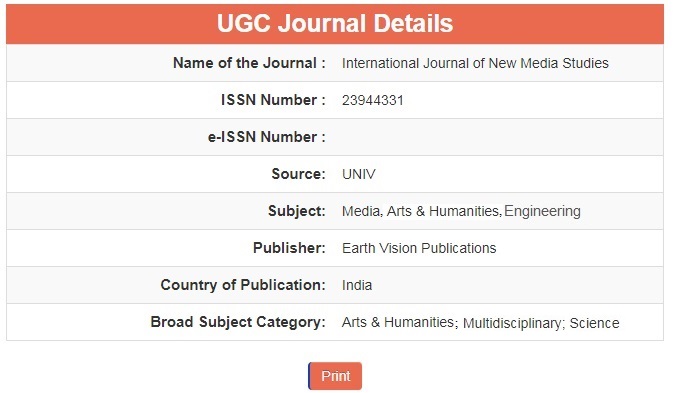Clinical Study on Khadir Kwath Dhavan and Kiratatikta Kwath Dhavan in the Management of Dushtavrana
Keywords:
Dushtavrana, Samprapti, Chikista, vrana upakrama, Khadir Kwath Dhavan And Kiratatikta Kwath DhavanAbstract
Sushrutacharya gives extensive information about Vrana, its types1 and its different characteristics. Vrana and Shalya tantra seems to be inseparable. Wounds and their management are fundamental to the practice of surgery2. Chronic, non-healing wounds that are common now-a-days have become a challenge to the medical fraternity. Dushtavrana is not an uncommon medical entity. Once Dushtavrana is formed it shows symptoms like Atisanvruta, Ativivruta, Atikathin, Atimrudu, Daha, Raga, Paka3 . According to modern literature similar entity could be found as nonhealing ulcer. There are some correlations between Dushtavrana and nonhealing ulcer in the etiopathogenesis and clinical features. An ulcer is a break in the continuity of the covering epithelium. Chronic ulcers are wounds that fail to heal. So, for the purpose of wound healing, we need the treatment or medicine which possesses the Shodhana and Ropana properties which remove unhealthy granulation tissue without causing much damage to the healthy granulation tissue. For which Aacharya Sushruta mentioned sixty Upkramas in Chikitsasthan. Kashaya Dhavan is one of the Upkrama described in it, which is prescribed for the wounds.






